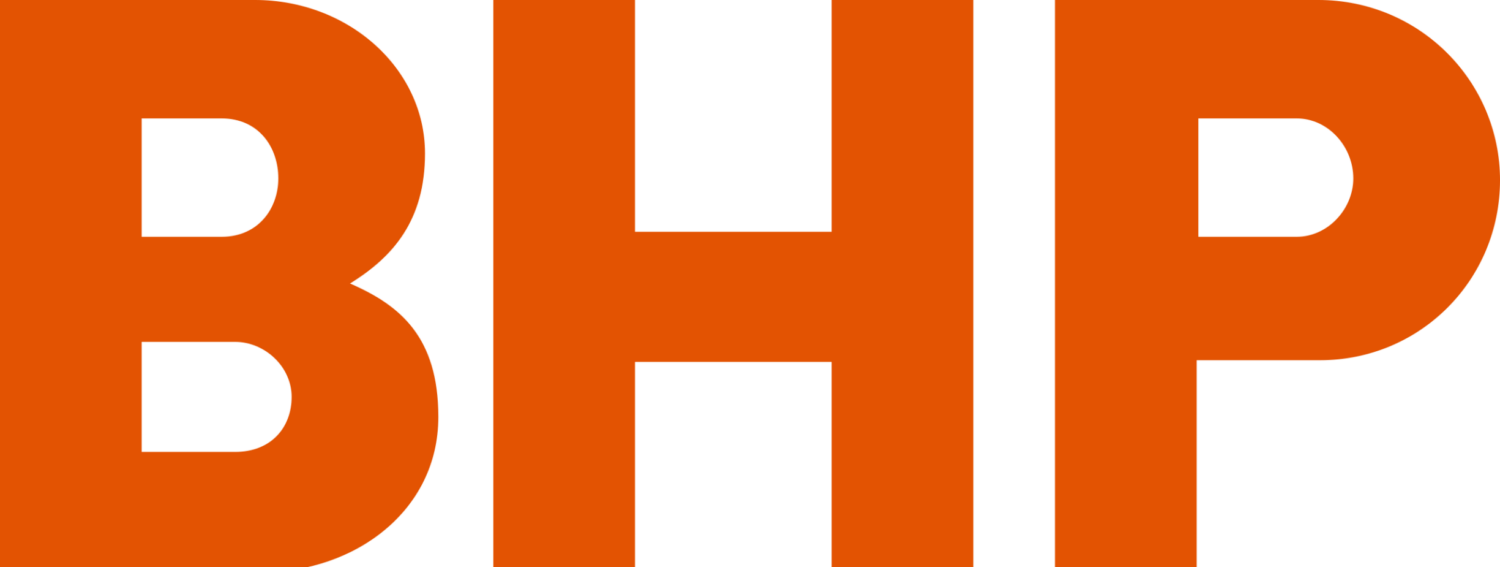Trading software leverages low-grade ore deposits
Mining3, in collaboration with RMIT University, is developing a new blockchain software platform that allows miners to trade on the future value of their unprocessed materials.
Trading on the future value of processed metals and minerals is an existing practice but this pricing mechanism and exchange style hasn’t been extended higher up the supply chain to unprocessed minerals, until now. In their current form unprocessed minerals maintain an illiquid site value that miners can’t tap into until processed. Tens of thousands of tonnes of low-grade ore is stored in stockpiles, heap leaches and tailings dams waiting to be extracted once market prices make it feasible. By using the platform miners can create securities on their unprocessed materials to sell their respective value on to market speculators for guaranteed cash flow today.
Harnessing the future value of these unprocessed materials is the basis of Mining3’s new trading software. It presents a novel opportunity for miners to boost their cash flow and royalties whilst enabling market traders to profit on future prices. Furthermore, with guaranteed cash flow for marginal grade assets the volatility of market prices commonly experienced within the industry decreases.
The motivation behind the new software is due to market price fluctuations, deeper mines, increasingly scarce new ore deposits and the improvement in technology used to extract precious materials. All of which could be considered contributing factors for increasing the processing of low-grade materials in the near future, making futures trading of unprocessed materials far more attractive.
What the new software provides is a platform miners can utilise to sell derivative contracts to buyers for the option to purchase the possibly profitable mineral store at a defined future price, known as strike rate. In other words, the derivative purchased today is the “option” to purchase the asset in the future. In doing so the trading platform transfers the value and associated profit and risk to the willing buyer, using industry-established pricing models and algorithms.
When the time arises for the option to be executed, and the asset is trading at a higher price than the strike rate, a buyer would exercise their option to profit between the forecasted and current trading prices. When a profitable trade occurs between organisations, buyers would have the freedom to choose between selling the unprocessed material back to the mining organisation, holding onto it, or refining the stockpile at the now profitable market condition.
Within a typical transaction, miners would receive the original contract purchase rate, plus any royalties from further trading across the platform. Finally if the option is implemented they would collect the remainder of the strike rate.
Underpinning this new trading software is a blockchain infrastructure which is an incorruptible digital ledger for economic transactions that can be programmed to record not just financial transactions but virtually everything of value. Additionally, blockchain enables selective routing, which ensures the country or jurisdiction in which a digital contract is made in, is the only location in which that trade is classified to occur. This immutable technology safeguards the trading software and maintains accountability.
The new technology is currently set up as a prototype on a demonstration website for internal use and testing. Another iteration of development is necessary to carry the proof of concept through to a platform that can be utilised in a production environment for real world transactions. For more information and expressions of interest please contact info@mining3.com.







